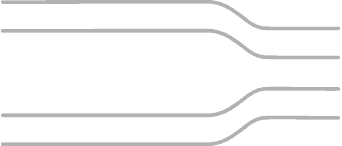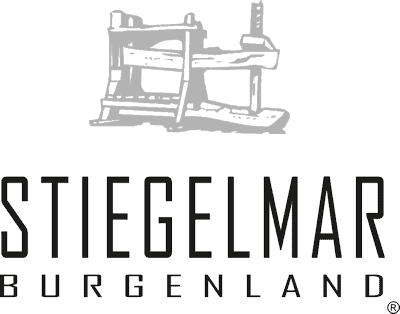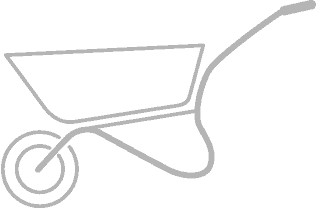The Ungerberg vineyard site is situated on the southwest slope that lies nearest to Lake Neusiedl. An entry in the land register kept by the feudal lord in Ungarisch Altenburg (Mosonmagyaróvár, Hungary – the area around Gols was part of Hungary until the early 20th century) from 1546 suggests that Ungerberg was called “Hungerberg” (“hunger hill”) before. It belonged to a village that was destroyed by the Turks. A map from the 18th century calls it Magyarhegy or Ungarn-Berg (“Hungarian hill”). It has been part of the municipal territory of Gols only since the early 20th century.
The soil profile of Ungerberg shows chernozem. The topsoil is dark with humus, composed of loamy-sandy material and has a very high content of limestone. The silty-loamy layer forms the transitional horizon, reaching from the humic topsoil to the parent soil. Down there, the approximately 7 million year-old sea sediments from silty loam from the Pontian age include precipitated lime in numerous places and contain a high amount of limestone.
DerDue to its southwest orientation, Ungerberg (approximately 23 ha) is a very hot vineyard site, but at the same time its soil is composed of cool clay. This contrast and the high clay content give deep, full-bodied wines with complex fruit aromas and a pronounced tannin structure.
In our vineyards at Ungerberg we grow primarily Zweigelt and Blaufränkisch. Being more than 50 years old, these are our oldest vineyards and produce our best wines.





